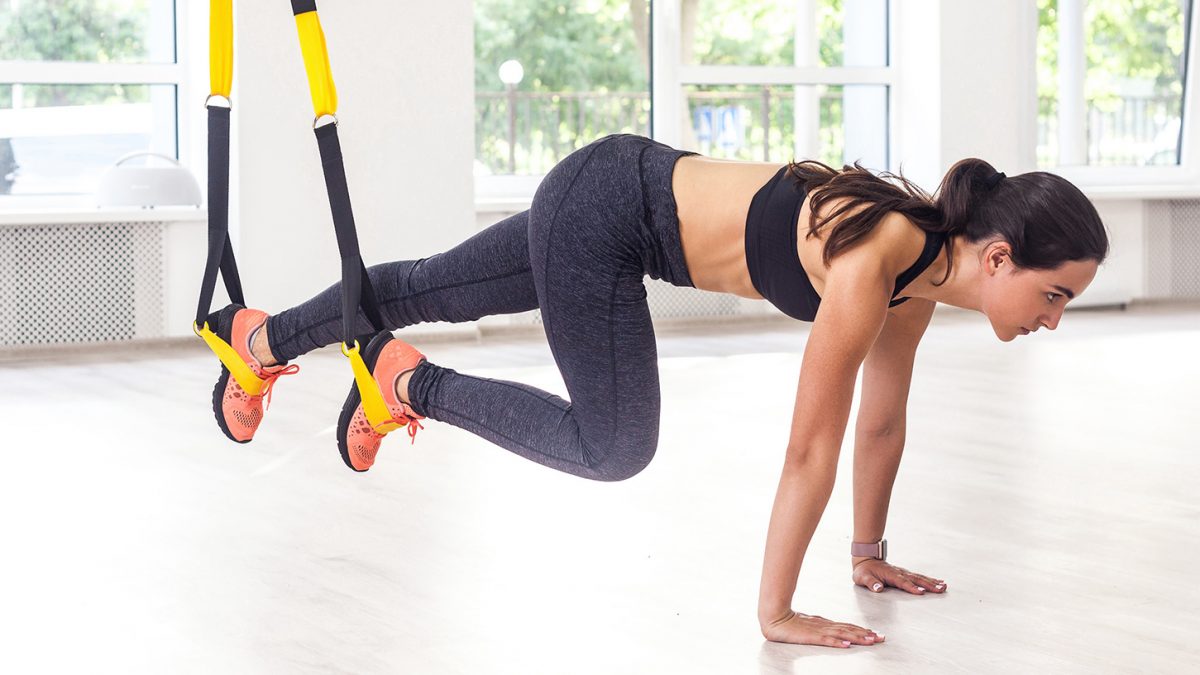
DIFFERENCE BETWEEN ABS AND CORE
If you’re working on toning your abdominal muscles, that in no way means you should neglect the rest of your core. The abs are just one part of a much larger muscle group known as the “core.” In fact, if it wasn’t for the other important muscles in this area – ones responsible for strength and balance – there wouldn’t be any need to tone stomach muscles at all! So next time you’re doing crunches or sit-ups, try mixing things up with some exercises from our list below. And don’t forget about sports – they’re also great ways to strengthen your body’s core without isolating specific ab muscles!
The core is a group of muscles that stretch from your rib cage to the pelvic bone, and it’s responsible for stability. When you neglect these important muscles by focusing exclusively on abs, you risk injury because they keep your body balanced and stable while running or lifting weights. In this post we explained how working out only your ab muscles can actually be bad for them in some instances – but what about when they are all healthy? It’s not uncommon (or wrong) to focus on strengthening the six-pack muscle groups as well! We’re here to help with our fitness programs; let us know if you need assistance figuring out which exercises will build up an area like your trunk without sacrificing ab strength too much.”
The anatomy of the abs
The anatomy of the abs is comprised of four muscles that are responsible for flexing, stabilizing and rotating your spine. While you may only see one muscle when looking at someone’s stomach, there are actually three other layers to their abdominals which work in conjunction with each other to give them strength. If you’re aiming to increase your ab stability or improve how they look, try incorporating these principles into your workout routine!
The abdominal muscles are composed of many different muscle groups. These include the external obliques, internal obliques, transverse abdominis (TVA), and rectus abdominis. They all work together to create movement in your spine and pelvis. For example, when you flex your spine forward during a crunch or sit-up exercise it is primarily the rectus abdominis that contracts while the TVA helps stabilise your lower back by drawing up into your abdomen like an accordion. When you rotate at the hips, externally rotating on one side with both legs straight out behind you will be facilitated by contraction of the external rotator cuff which includes some fibers from each of these three main abdominal wall muscles.
All about the core
The core is the center of your body. It’s not just about your abs- it includes every muscle in the midsection, including diaphragm, pelvic floor, internal and external obliques. Core muscles work together to keep our hips, shoulders and spine stable while also aiding bending, twisting lifting and other natural movements. Functional fitness focuses on strengthening the entire core from all angles for strong mobility in upper section of core as well as stability. If you are interested in learning more about how functional training can help address these different areas of weakness or imbalance so that you can perform better at sports or exercise.
If you want to get stronger, more mobile and feel better about yourself in the process, strengthening your core is key. Functional fitness focuses on training for strong mobility at the top of your core (think spinal erectors) as well as stability throughout all planes of motion (think glutes). These exercises can be done anywhere with minimal equipment or space – no excuses! Try some these functional fitness moves this week to help keep your body feeling good.
The core muscles in your body are responsible for stabilizing and assisting with movements such as bending, twisting, lifting and walking. These muscles lie deep within the abdominal cavity or trunk of the human body that typically includes two groups – superficial abdominals (front) and deep abdominals (back). Your core can be strengthened from every plane of movement to not only aid sports and fitness activities but also daily life. Aiming to train both strong stability AND mobility will help you build a stronger more functional core. This blog post has been all about the core!
